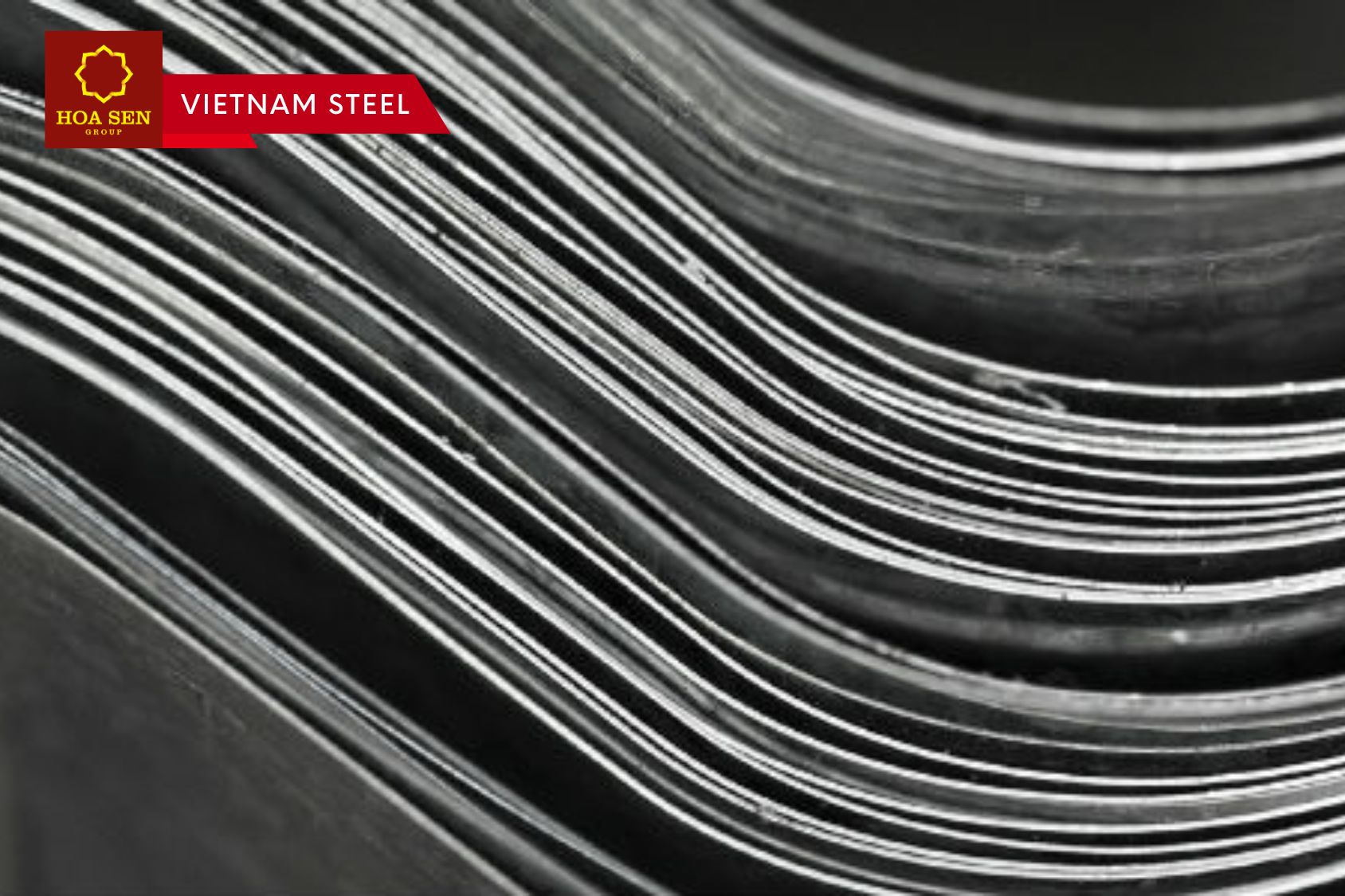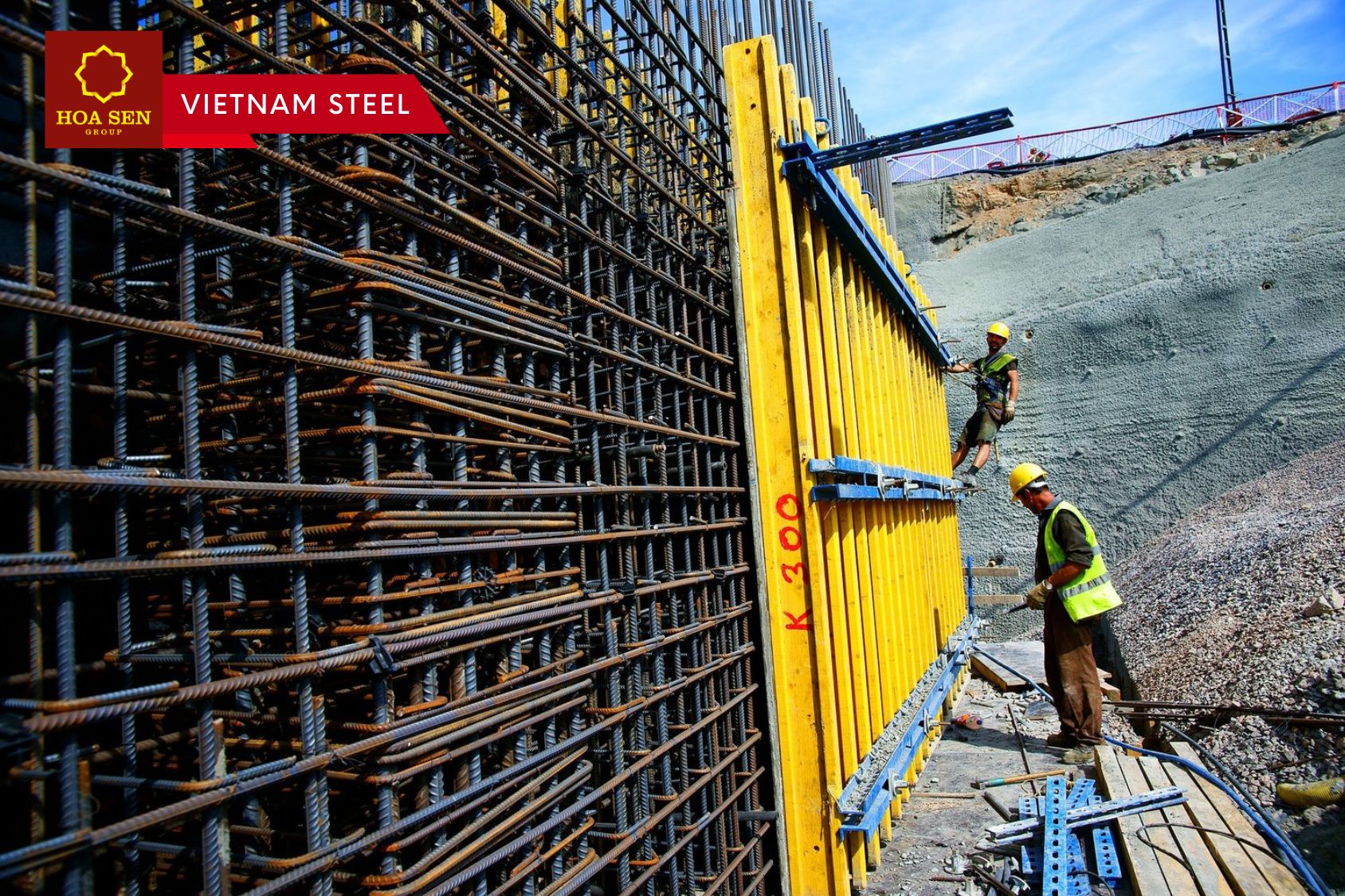The share of imports in the domestic consumption of steel during 2021-2023 increased and remains at record levels
Production: From 2010 to 2023, the flat steel market in the European Union underwent significant changes. After the economic crisis of 2008-2009, EU flat products production recovered and fluctuated between 87 and 97 million tonnes until 2019. However, the COVID-19 pandemic in 2020 and the structural economic crisis led to a significant decline in production. The recovery began in 2021, but production volumes fluctuated in 2022-2023 due to rising energy prices. In particular, flat products totalled 74.7 million tonnes in 2020, 84.5 million tonnes – in 2021, 74.8 million tonnes – in 2022 and 71.3 million tonnes – in 2023.
‘There are no prospects for increasing steel production in the EU, as there is pressure from cheap imports on the one hand and a difficult economic situation on the other, which negatively affects consumption,’ comments Stanislav Zinchenko, CEO of GMK Center.
Consumption: Consumption of flat products in the EU was largely dependent on industrial and construction activity. Between 2010 and 2019, demand grew steadily, supported by investments in infrastructure projects and the automotive industry. The pandemic led to a decline in demand in 2020, but consumption began to recover in 2021, albeit at slightly lower levels. High energy prices and economic instability in 2022-2023 also contributed to the decline in consumption, although consumption in 2023 was higher than in 2022 – 80.7 million tonnes and 78.6 million tonnes, respectively.
Exports: Exports of flat products from the EU have traditionally been significant, especially to the Middle East, North Africa and Southeast Asia. Exports grew and were high in 2010-2019, but trade wars and the introduction of duties in 2018-2019 led to a decline in exports. The pandemic also had a negative impact on exports in 2020-2021, but in 2022-2023 there was a slight recovery in demand for European steel, which resulted in some stabilization of exports. Increased competition in the global market and the costly green transformation in the EU are worsening the outlook for European steel exports.
Imports: Imports of flat products to the EU fluctuated significantly between 2010 and 2023, with imports growing in 2010-2018 as low-cost steel from China and other Asian countries flooded European markets. In 2019, the EU introduced safeguard duties on imports, which slightly reduced imports. The pandemic also contributed to the decline in imports, but in 2021, imports rose sharply to a record high of 23.9 million tonnes, gradually slowing down in 2022-2023.
Thus, the share of imports in consumption is gradually increasing amid declining domestic production. Local producers are losing out to imports. The European authorities are trying to combat the supply of cheap imported products by introducing various restrictions like duties or quotas, but this is not yet enough to protect the domestic market. In 2021-2023, the share of imports in domestic consumption of flat products is expected to reach 25-26%, up from 14% in 2010.
Conclusion: The EU flat steel market has undergone many changes in 2010-2023, driven by economic crises, the pandemic and geopolitical factors. Despite all the challenges, European producers continue to adapt to the new environment. At the same time, it is difficult for them to compete with steel companies from other countries, given different approaches to environmental regulation and different levels of access to key raw materials.
Read more: India mulls policy to offer incentives for green steel procurement to boost demand
Vietnam Steel by Hoa Sen Group

